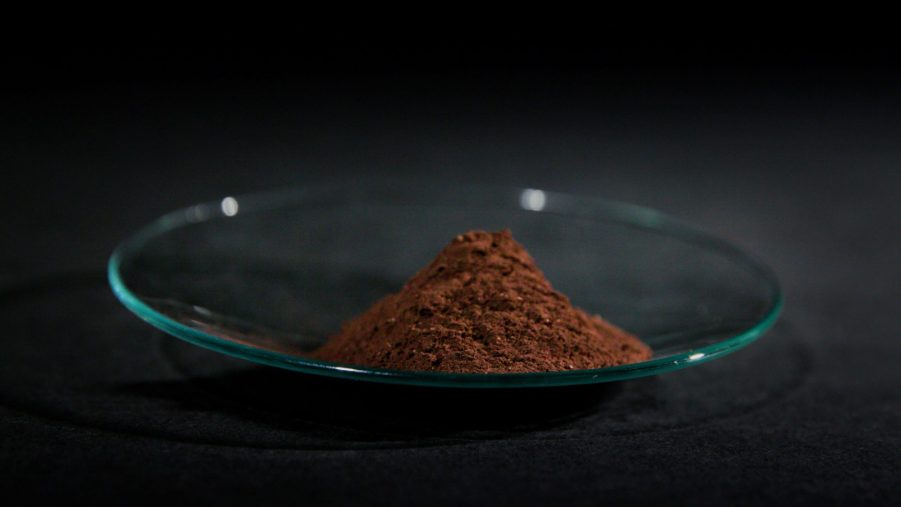
Can Nissan’s New Recycling Process Fix a Dirty EV Problem?
Despite what some naysayers still believe, electric cars do cut down on vehicle air pollution. However, while EVs are cleaner than ICE cars in some ways, in others they’re less environmentally friendly. But that doesn’t mean automakers, suppliers, and researchers aren’t trying to improve things. For example, EV batteries are ditching cobalt and becoming increasingly recycled. Batteries, though, aren’t what Nissan is about to start recycling. Instead, it’s eying a key ingredient of electric car motors: rare-earth metal.
Why are rare-earth metals so important for electric car motors?

If you asked someone to name a metal associated with EVs, lithium would likely be their first response due to batteries. But lithium isn’t the only metal EVs depend on more than ICE cars. Nickel is also vital. Plus, iron and aluminum aren’t limited to chassis or body panels: they’re in batteries, too. And while electric cars don’t have catalytic converters with precious metal catalysts, they do rely on rare-earth metals, aka rare-earth elements.
Know those two separate bottom rows on the periodic table? The first one contains the lanthanides, which are all rare-earth metals. And right above where the lanthanides slot into the table are scandium and yttrium, the last two rare-earth metals.
Like the platinum, rhodium, and palladium in your catalytic converter, these metals are often used as catalysts, Geology.org explains. However, you’ve likely seen them in another context: magnets. Rare-earth metals emit incredibly strong magnetic fields, which is they make great magnets. And that makes them perfect for electric car motors.

At the heart of an electric car motor is a circular housing, the stator, that holds a rotating shaft, the rotor, MotorTrend explains. Each contains either permanent magnets or electromagnets; the specific arrangement depends on the motor. Regardless, when the two interact in the presence of an electric current, their clashing magnetic fields rotate the shaft, creating motion. Regenerative braking basically reverses this process.
Today, one of the most common electric car motors is the permanent-magnet synchronous motor, MT says. As its name implies, it relies on stator-mounted permanent magnets to work. And for maximum strength, suppliers use rare-earth metals to make those magnets.
What makes them problematic?
Despite their name, rare-earth metals aren’t technically that rare. Even the rarest two are almost 200 times more common than gold, Geology.org says. But unlike gold, these metals are rarely found in concentrated spots.
That makes them difficult—and expensive—to mine. So much so that “a genuine shortage may lie ahead” as EV production grows, Reuters reports. And that’s before complex geopolitical issues, such as what’s going on with China, which controls 90% of the world’s rare-earth metal resources, come into play.
However, it’s not just scarcity and expense that make these metals a problem for EV owners. For one, extracting and purifying specific metals from ores is a complex process with “noxious byproducts” beyond just CO2, Reuters explains. And secondly, as with cobalt, rare-earth metal mines are often run using unjust and exploitative measures, Roadshow says. In short, putting these materials in electric car motors has significant costs outside of the monetary ones.
Luckily, there are ways to resolve these issues. And Nissan’s new recycling process might be one of them.
Nissan and Waseda University have a new way of recycling rare-earth metals from EV motors

Electric car motors, like their batteries, are technically recyclable. However, it requires manual disassembly and part removal, which takes up time. And even after all that work, the extraction isn’t always perfect. Nissan, together with Japan’s Waseda University, hopes to tackle both limitations.
Nissan’s new recycling process revolves around pyrometallurgy; in other words, getting the metal really hot. The electric car motor heats up in the presence of pig iron and a carbon-heavy carburizing material. When it gets to at least 1,400° C (2552° F), it starts to melt. Then, iron oxide is added to oxidize the rare-earth metals. Adding a borate-based flux causes the molten mixture to separate into two liquid layers. The top one contains the dissolved rare-earth oxides. This top layer is then poured off and allowed to cool.
Nissan claims this new recycling process is 50% faster than the current method, in part because there’s no disassembly involved. Plus, the automaker says it recovers 98% of the original rare-earth elements. That means cheaper materials with less need for mining, which also cuts down on carbon emissions and other pollution.
In addition, Nissan says its recycling process can recover other suppliers’ rare-earth magnets that don’t meet production specs. That means less raw material goes to waste, further reducing emissions, mining needs, and costs.
How soon will Nissan take its recycling process full-scale?
Nissan and Waseda University have been collaborating on this rare-earth metal recycling process since 2017. However, the team didn’t finalize the procedure until March 2020.
As of this writing, Nissan is ramping up testing in its large-scale facilities. If testing goes well, Nissan hopes to “enable practical applications by the mid-2020s.” And that includes recycling other companies’ electric car motors, not just Nissan ones.
This news comes right as governments are pushing for greater EV adoption, making rare-earth metals even more important. Automakers have started reducing how much they use, but these metals are still vital—and dirty—resources. But hopefully, this new recycling method can clean them up a bit.
Follow more updates from MotorBiscuit on our Facebook page.


